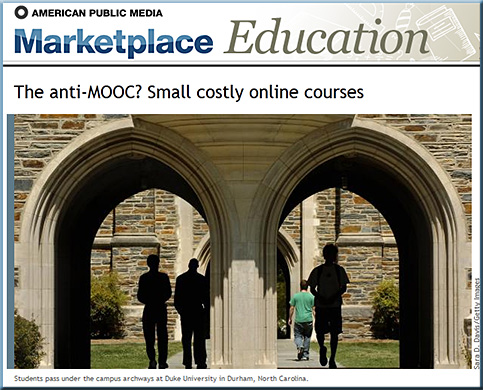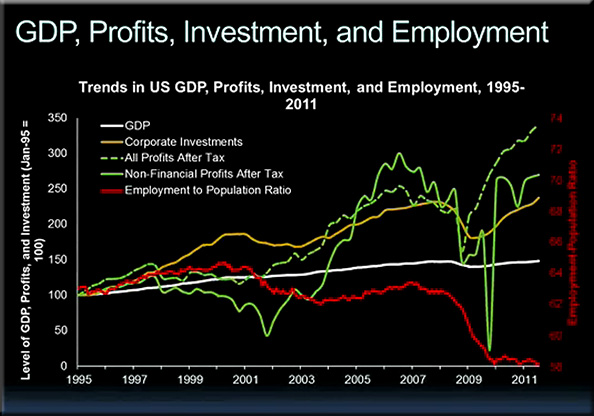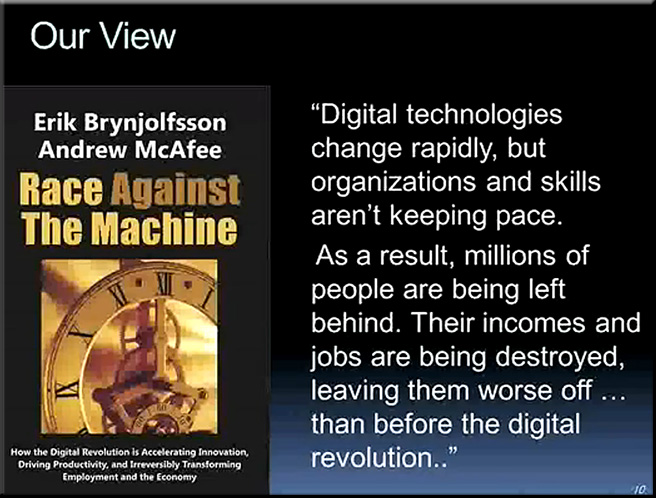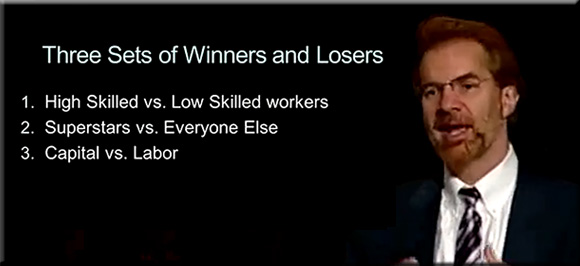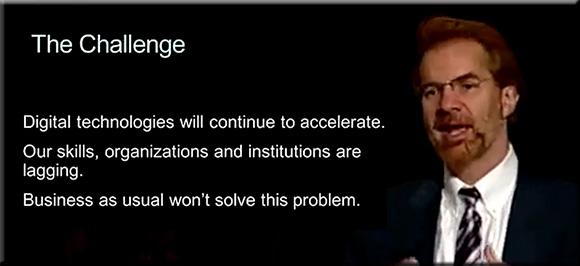See:
- Revl comes out of beta, promises to help students and other job seekers get noticed — from techcrunch.com by Anthony Ha
. - How to clean up your online presence and make a great first impression — from lifehacker.com
. - How companies will Googlefy your career — from hbr.org by Michael Schrage
. - ‘Transdisciplinarity’: A future workforce skill — from talentmgt.com by James M. Fraleigh
People who can correlate material from diverse knowledge bases and extract tangible results will be prized in the workplace of the future.
.
- 10 skills vital for success in tomorrow’s workplace — from edlinktuition.com by James M. Fraleigh
Rising workplace automation. Greater dependence on social technologies. Increased longevity. These and other disruptive forces will fundamentally transform the nature of work in the next 10 years. Future Work Skills 2020, a new report by the Institute for the Future for Apollo Research Institute, examines how technological and societal trends will affect career development, workforce advancement and the need for lifelong learning. Workers must continuously reassess their education and competencies to match organizational demands. The Future Work Skills 2020 report presents 10 workplace skills that can help workers stay employed in this ever-shifting employment landscape.
From DSC:
Here’s a developing job: Web-based proctor
- In online exams, Big Brother will be watching — from technologyreview.com by Brian Bergstein
How can you tell if an online student has done the work? That’s where webcam proctoring comes in.
.
Addendums:
- Shake-ups in the “C Suite”: New corporate leaders with new skills are on the way. Corporate futures will be shaped by leaders adept in social networking, content management, data mining, and data meaning. Look for such job titles as Earned Media Officer, Chief Content Officer, Open-Source Manager, Chief Linguist, and Chief Data Scientist. —Geoffrey Colon, “Shakeups in the ‘C Suite’: Hail to the New Chiefs,” World Trends & Forecasts, July-Aug 2012, pp. 6-7
.
- 10 companies that are radically changing the way we work — from businessinsider.com by Max Nisen
. - The global talent chase: China, India, and U.S. vie for skilled workers — from The Futurist by Edward Gordon
. - indeed.com
. - 7 things you need to know to win the digital job hunt — from onlinecollegecourses.com









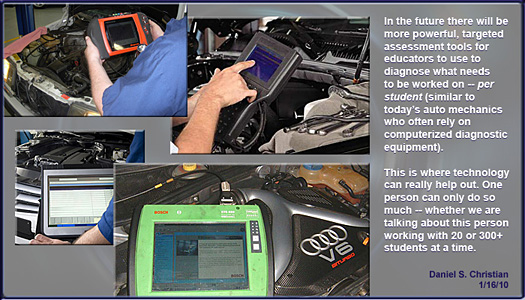
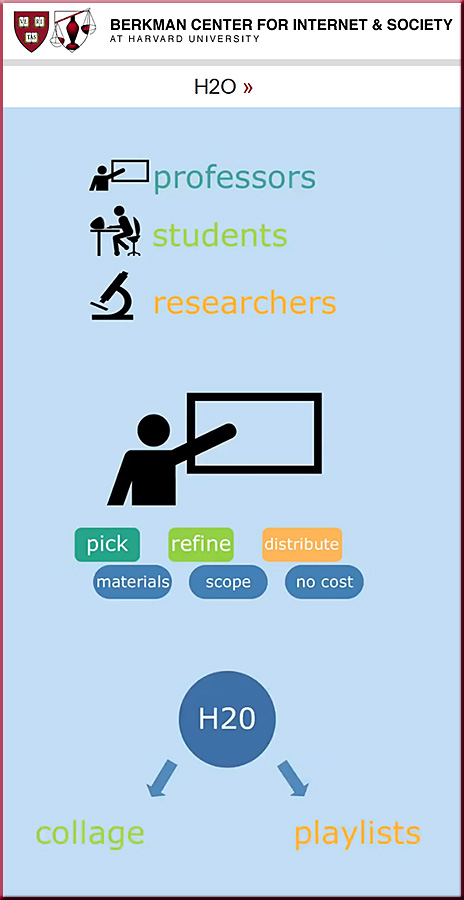
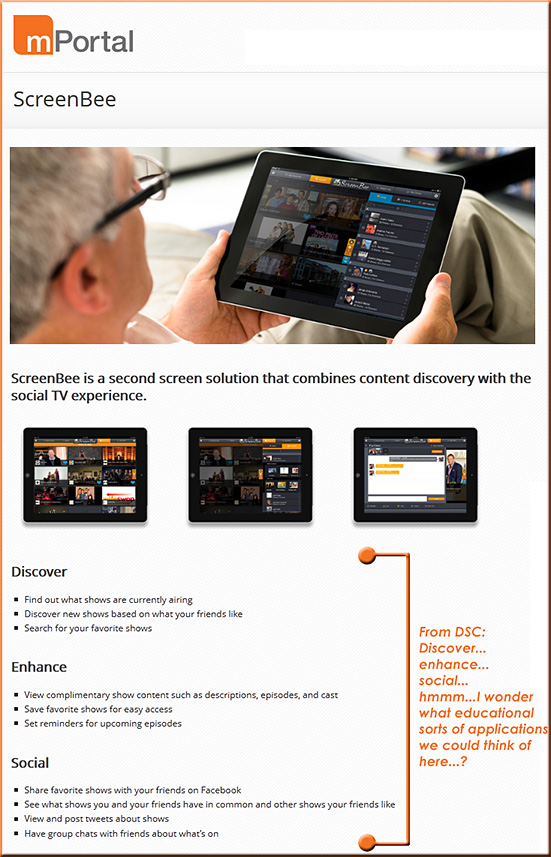

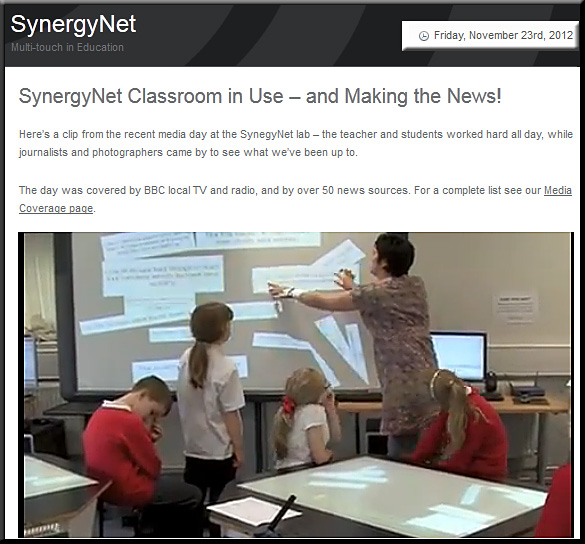
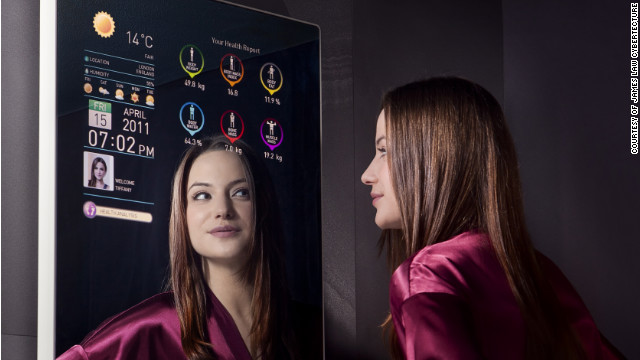
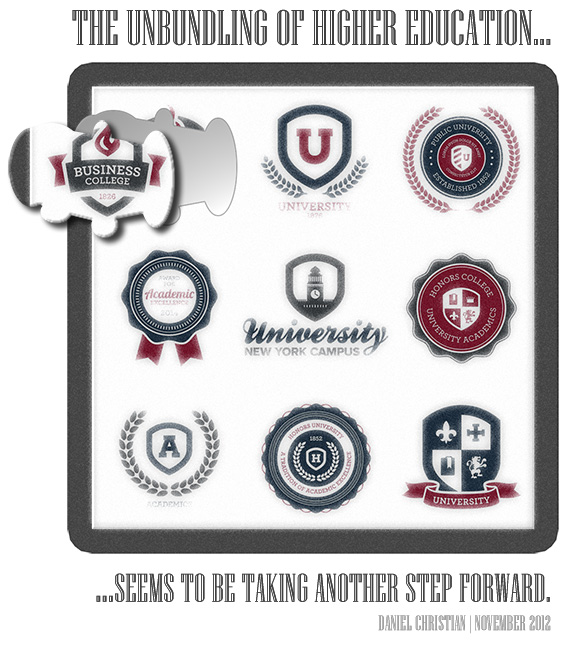
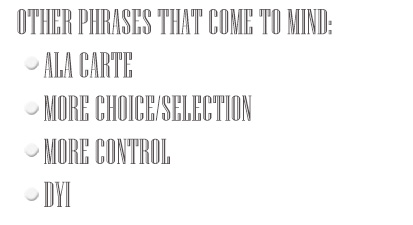

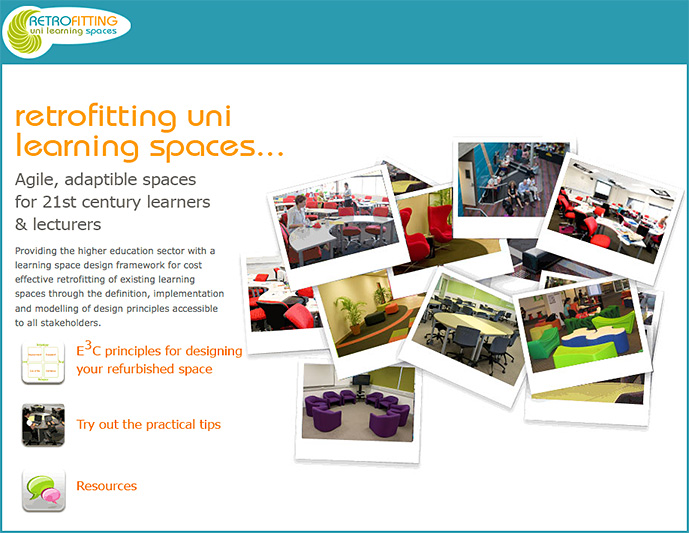
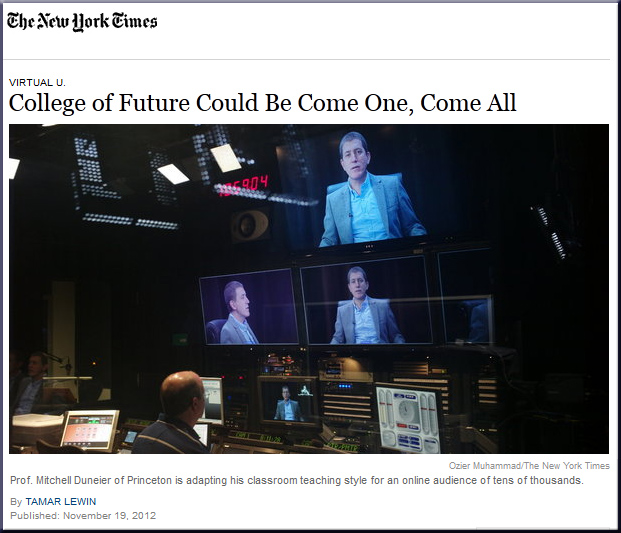


![The-Living-Class-Room-Daniel-S-Christian---July-2012 The Living [Class] Room -- by Daniel Christian -- July 2012 -- a second device used in conjunction with a Smart/Connected TV](http://danielschristian.com/learning-ecosystems/wp-content/uploads/2012/07/The-Living-Class-Room-Daniel-S-Christian-July-2012.jpg)
